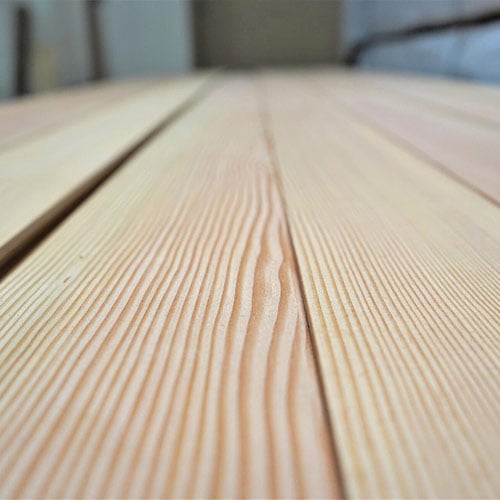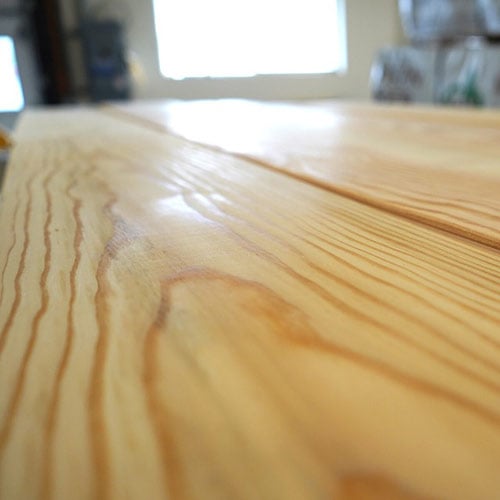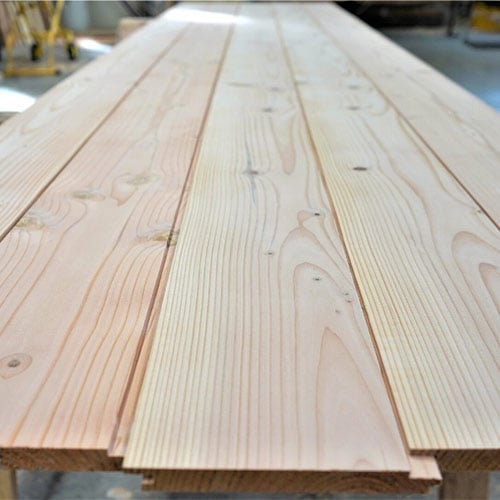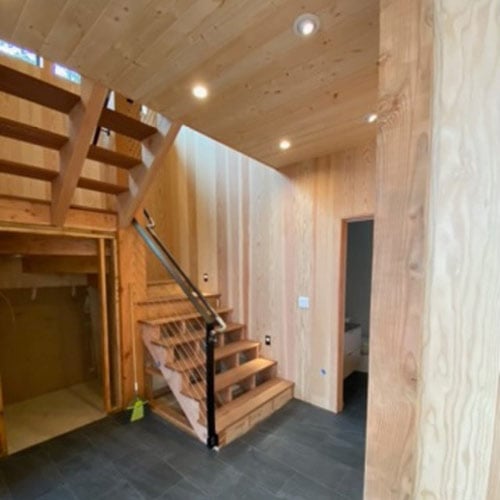- Home
- Our Products
- About Us
- Resources
- Contact Us
- Home
- Our Products
- About Us
- Resources
- Contact Us
As Vertical Grain Douglas Fir specialists, our natural solid wood, precision cut, unfinished flooring is made to order and sourced directly from mills in the Pacific Northwest. Built to last with the finest of raw materials, our product is free from fillers, carefully kiln dried, and perfect for everything from historical rebuilds to modern homes. Although we specialize in Douglas Fir, we also provide other species of wood such as historic pine upon request.
Discounts are available on orders over 1,000 square feet.
Rare, clean-looking vintage wood often used for repair or renovation in historic homes, yet also desired for modern dwellings. The narrow width plank provides flush-fitting flooring and can be refinished for decades.
Contact us for current pricing
Porch flooring, or specialty length, is available upon request and can be added to any of our products. Made from the same material offered for interior floors, the required length is often more specific, and the wood is meant to be painted.
Porch floor/specified lengths: Contact us for current pricing

Often referred to Scandinavian or Cape Cod style flooring, these clear long boards represent our widest plank. Their unique appearance and bold look are highlighted by eased edges that visually accentuate the plank width.
Contact us for current pricing

Desired for its appealing patterns, tight knots, and mixed grain look, our planks are made from high-altitude Rocky Mountain Douglas Fir and provide flush-fitting flooring. They can be painted or kept clear to accentuate a classic look, old-world charm, or modern style.
Contact us for current pricing

We also offer Douglas Fir and tight-knot Pine stair treads, risers, trim, and transitions to complete your project. All materials are solid wood without glue lines, and we only charge for the length(s) needed.
Flooring Accessories (these products only, price is per lineal inch)
Contact us for current pricing
© 2025 Whidbey Millhouse. All pricing is subject to change. All Rights Reserved. Privacy Policy